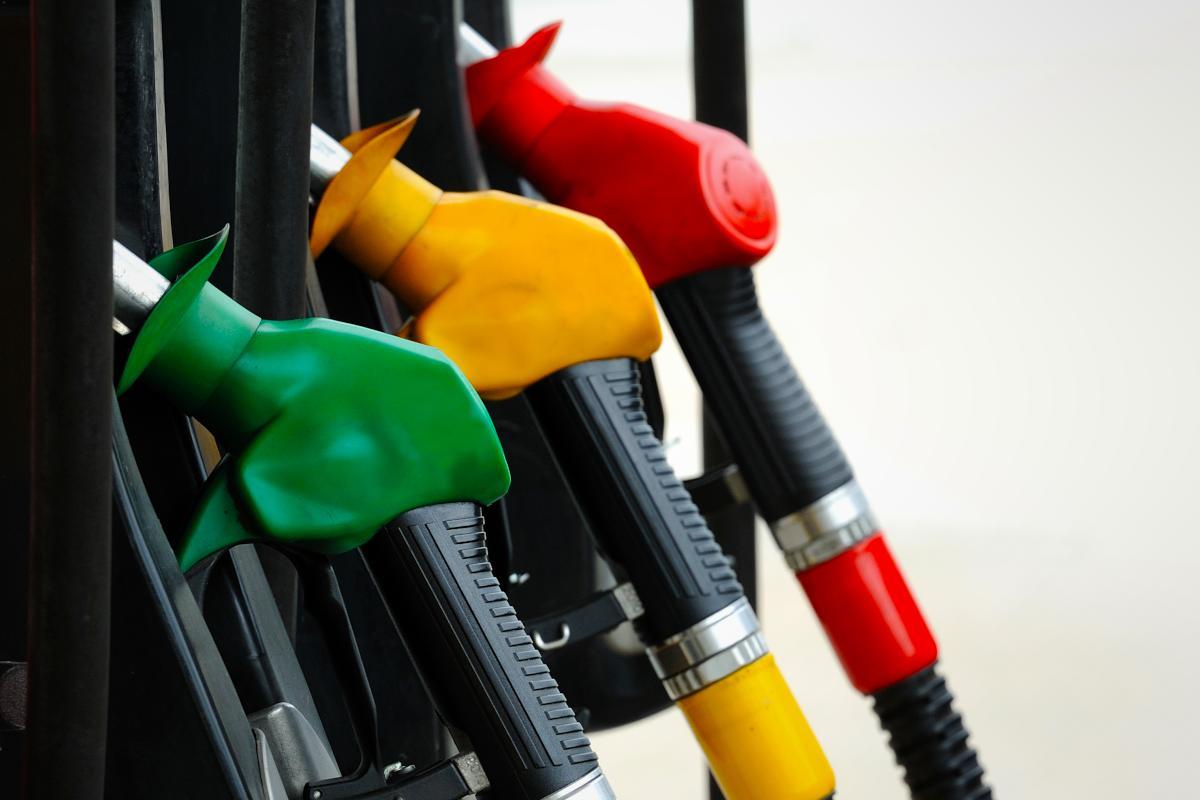Africa-Press – South-Africa. South African motorists have been dealt a big blow by National Treasury announcing fuel tax hikes this week, while fuel price recoveries continue to shrink.
While petrol and diesel are currently still projected to come down in June, the latest data from the Central Energy Fund shows that the over-recoveries are narrowing.
At the same time, motorists will have to absorb a 15 and 16 cents per litre increase to the general fuel levy, taking effect when the next price changes kick in on 4 June.
This means that petrol prices could see a small hike in June, if the rand weakens or oil prices rise further in the coming week.
Data for the end of week three in May show an over-recovery of 19 cents per litre for petrol and 48 cents per litre for diesel.
When factoring in the 15 cents and 16 cents per litre tax hike for diesel and petrol, respectively, the net result would be a 33 cents and 3 cents per litre cut.
This puts petrol prices in particular on the cusp of swinging into a hike, especially as the over-recovery for the fuel has been narrowing all month.
The latest data from the CEF shows the following projections:
Petrol 93: decrease of 20 cents per litre
Petrol 95: decrease of 19 cents per litre
Diesel 0.05% (wholesale): decrease of 48 cents per litre
Diesel 0.005% (wholesale): decrease of 49 cents per litre
Illuminating paraffin: decrease of 52 cents per litre
Factoring in the coming fuel levy increases, this is the current projected outcome:
Petrol 93: decrease of 4 cents per litre
Petrol 95: decrease of 3 cents per litre
Diesel 0.05% (wholesale): decrease of 33 cents per litre
Diesel 0.005% (wholesale): decrease of 34 cents per litre
Note: While the latest budget includes a 3 cents per litre hike in the carbon fuel tax as well, this increase was already applied in April.
Fuel price recoveries have been coming down along with the international oil price, which has gained following the easing of market tensions in May.
Oil prices crashed following the launch of the April tariff war by the Trump administration in the United States, as markets anticipated a dramatic global slowdown in productivity.
While a slowdown is still expected amid the ongoing uncertainty, markets have at least stabilised, pushing oil prices higher.
According to Bloomberg’s analysis of the market, oil prices remain under pressure, trading around $64 a barrel, but are up from the weaker position at the start of the month.
Notably, crude oil has shed about 14% this year, hitting the lowest since 2021 last month, as OPEC+ loosened supply curbs at a faster-than-expected pace, just as the US-led trade war posed headwinds for demand.
Data this week showed another rise in US commercial oil stockpiles, adding to concerns about a surplus.
Ultimately, the swings in oil prices have led to them contributing to an under-recovery in local petrol prices to the tune of 16 cents per litre.
Diesel prices are still enjoying an over-recovery of about 12 cents per litre on balance.
The real hero for local fuel prices is the rand, which has strengthened significantly off the back of more stable conditions both inside and outside South Africa.
The rand/dollar exchange rate is contributing to a 35 cents per litre over-recovery in prices for both petrol and diesel.
The rand has recovered to below R18.00 to the dollar in May, driven by a return to stability in government—with the Government of National Unity (GNU) holding firm around the budget—as well as talk of lowering the country’s inflation target.
The currency weakened slightly following the budget tabled this week, and the showdown between president Cyril Ramaphosa and US president Donald Trump on Wednesday (21 May).
According to Investec chief economist Annabel Bishop, this reflected some mild investor concern.
For More News And Analysis About South-Africa Follow Africa-Press






